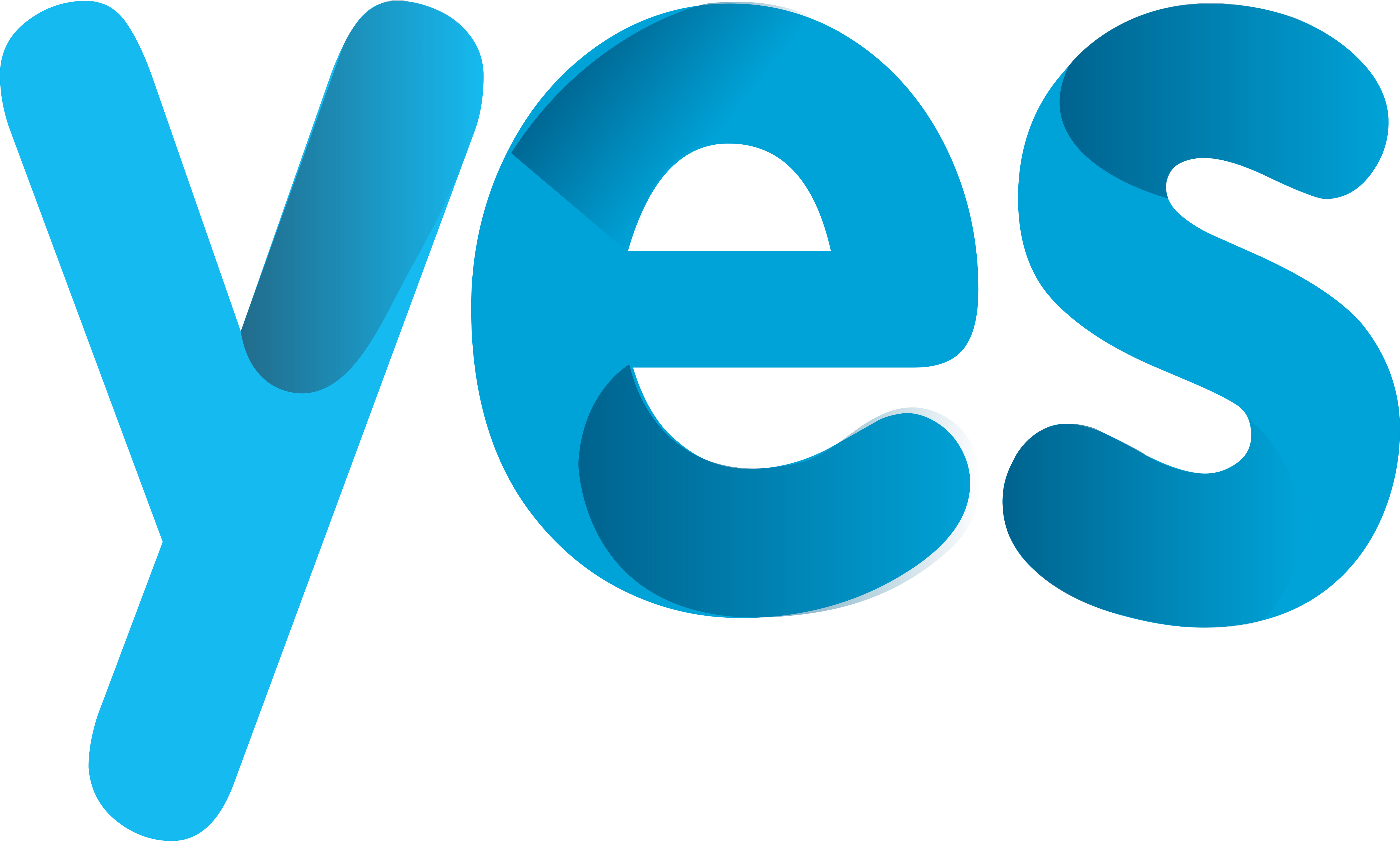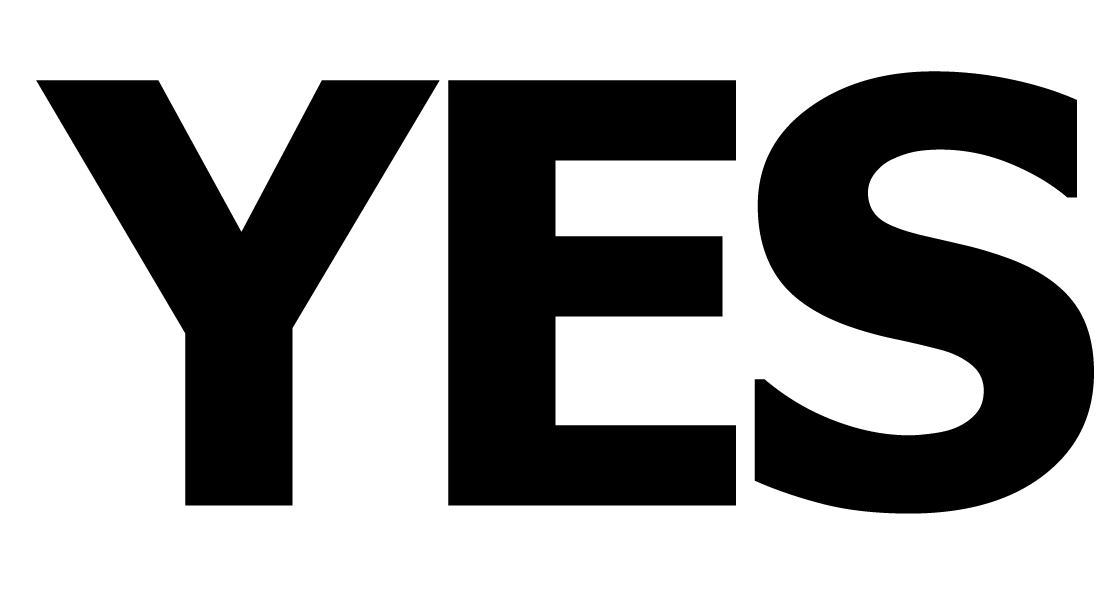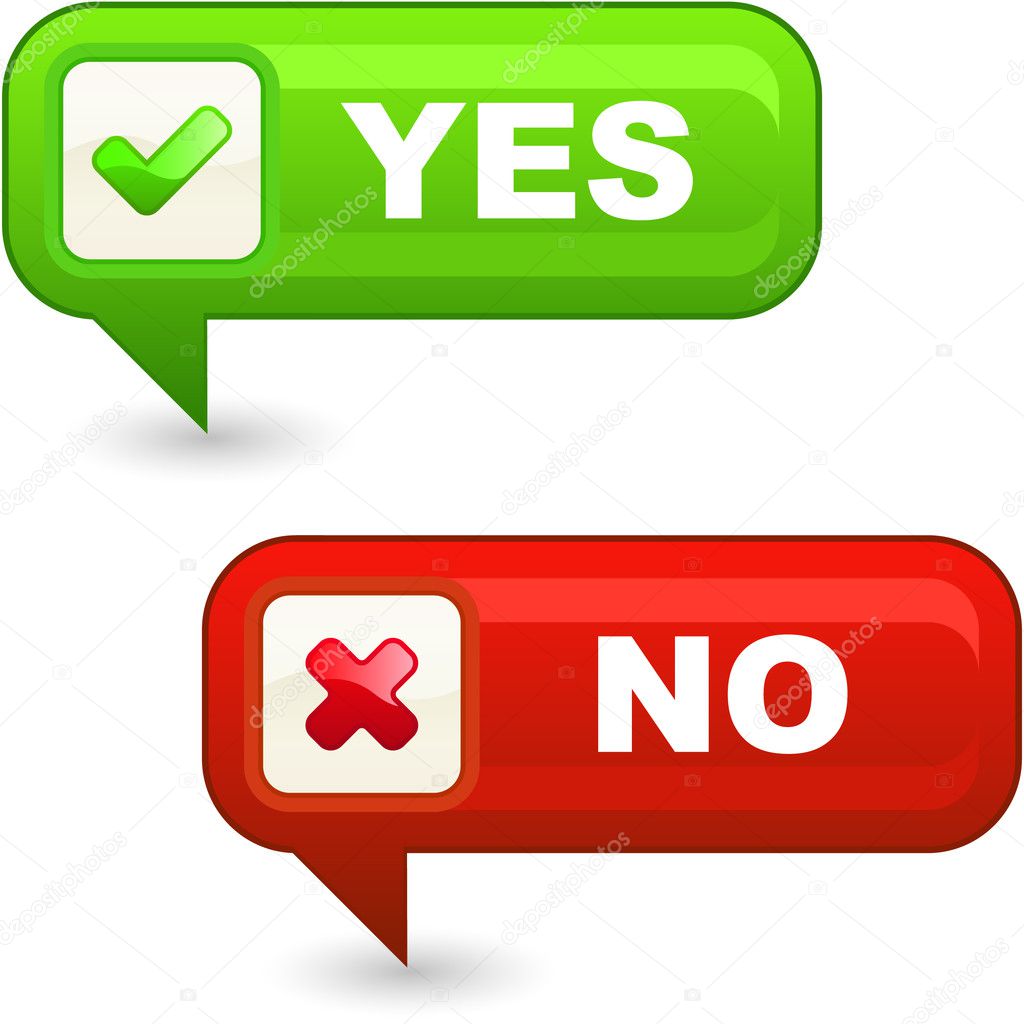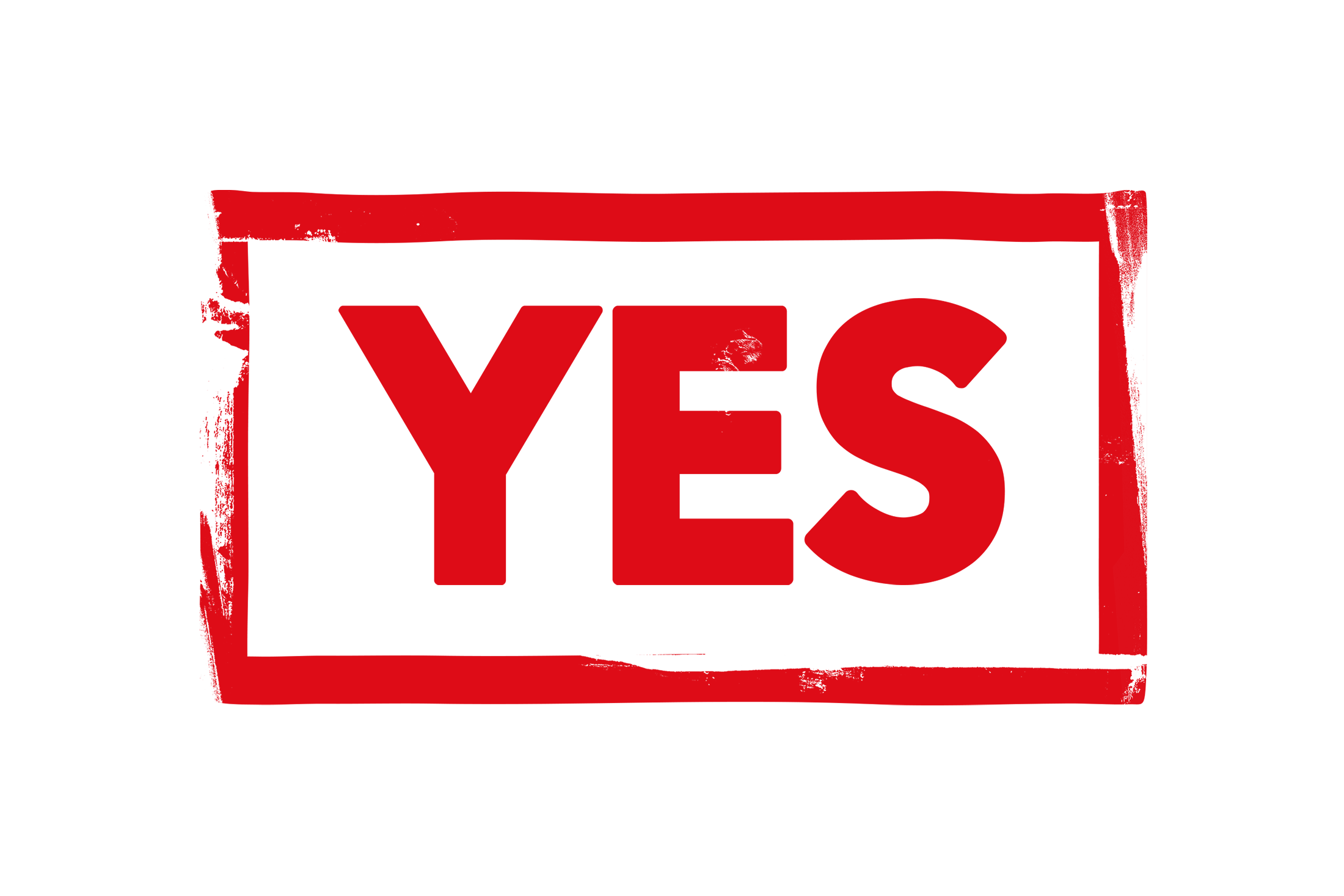Can you use cardstock in a printer? The answer is yes, but it’s not as simple as it seems. Cardstock is a thicker, more durable type of paper that can be used for a variety of projects, from business cards to greeting cards to posters.
However, not all printers are created equal, and some may not be able to handle the thickness of cardstock. In this comprehensive guide, we’ll explore the compatibility of cardstock with various printer types, provide guidelines on choosing the right cardstock for your printer, and troubleshoot common cardstock printing issues.
We’ll also discuss the advantages and disadvantages of using cardstock, as well as provide tips for successful cardstock printing. So whether you’re a seasoned pro or a complete novice, this guide has everything you need to know about printing on cardstock.
– Explain the compatibility of cardstock with various printer types (e.g., inkjet, laser, sublimation)

The compatibility of cardstock with various printer types depends on the thickness, weight, and finish of the cardstock, as well as the capabilities of the printer.
Inkjet printerscan typically handle cardstock up to 110 lb. (199 gsm) in weight, but some models may be able to handle thicker cardstock. The finish of the cardstock should be smooth and non-porous to prevent smudging or bleeding of the ink.
Cardstock can be used in a printer, but it is important to use the correct settings to avoid damaging the printer or the cardstock. The standard dots per inch (DPI) for printed work is 300 DPI, which means that there are 300 dots per inch in the printed image.
When printing on cardstock, it is important to use a higher DPI setting, such as 600 DPI or 1200 DPI, to ensure that the image is sharp and clear. What is the standard dots per inch for printed work ?
The higher the DPI setting, the more dots per inch there will be in the printed image, and the sharper the image will be. However, using a higher DPI setting will also increase the file size of the printed image.
Glossy or coated cardstock may not be suitable for inkjet printers as the ink may not adhere properly.
Laser printerscan typically handle cardstock up to 140 lb. (256 gsm) in weight, but some models may be able to handle thicker cardstock. The finish of the cardstock should be smooth and non-porous to prevent smudging or toner flaking. Laser printers use heat to fuse the toner to the paper, so cardstock that is too thick or has a high moisture content may not be suitable.
Sublimation printersrequire special sublimation ink and paper, and can typically handle cardstock up to 110 lb. (199 gsm) in weight. The finish of the cardstock should be smooth and non-porous to prevent smudging or bleeding of the ink. Sublimation printers use heat to transfer the ink from the paper to the fabric or other material, so cardstock that is too thick or has a high moisture content may not be suitable.
Specific cardstock brands or models
Some specific cardstock brands or models that are compatible with different printer types include:
- Inkjet printers:HP Premium Presentation Paper, Epson Ultra Premium Photo Paper, Canon Photo Paper Plus Glossy II
- Laser printers:Avery Laser Business Cards, Hammermill Laser Cardstock, Neenah CLASSIC Linen Cardstock
- Sublimation printers:A-Sub Paper for Sublimation, JDS Industries Subli Glaze Paper, Conde Systems Subli Glaze Paper
Potential risks and limitations
Using incompatible cardstock with printers can lead to a number of problems, including:
- Paper jams:Cardstock that is too thick or has a rough finish can get stuck in the printer, causing a paper jam.
- Smudging or bleeding:Cardstock that is too porous or has a high moisture content can cause ink or toner to smudge or bleed, resulting in poor print quality.
- Toner flaking:Cardstock that is too smooth or non-porous can cause toner to flake off the paper, resulting in poor print quality.
- Damage to the printer:Using cardstock that is too thick or has a rough finish can damage the printer’s rollers or other components.
Alternative methods for printing on cardstock
If the desired cardstock is not compatible with the available printer, there are a few alternative methods for printing on cardstock:
- Print on regular paper and then mount it on cardstock:This is a good option for thicker cardstock that cannot be handled by the printer.
- Use a print shop:Print shops have specialized equipment that can handle thicker cardstock and produce high-quality prints.
- Use a digital printing press:Digital printing presses are designed to print on a wide variety of materials, including cardstock.
Paper Thickness and Weight
The thickness and weight of cardstock play a crucial role in the quality of prints and the performance of the printer. Thicker cardstock is more durable and produces sharper prints, but it can also be more difficult for printers to handle.
Recommended Paper Thickness and Weight
The ideal paper thickness and weight for cardstock printing depends on the type of printer and the desired print quality. Here is a general guideline:
- Inkjet printers:60-110 lb (90-199 gsm) cardstock
- Laser printers:60-130 lb (90-230 gsm) cardstock
- Sublimation printers:60-100 lb (90-176 gsm) cardstock
Impact of Paper Thickness on Print Quality and Printer Performance
Thicker cardstock provides a more stable printing surface, resulting in sharper prints with less smudging or bleeding. However, it can also be more difficult for printers to feed and print on, especially for inkjet printers. Thinner cardstock is easier for printers to handle but may produce less vibrant prints.
Examples of Suitable Cardstock Brands and Types
Some examples of well-suited cardstock brands and types for printing include:
- Hammermill Premium Cardstock:65 lb (100 gsm), available in various colors
- Neenah Classic Crest Solar White:110 lb (199 gsm), smooth and bright white
- Domtar Cougar Smooth Cover:100 lb (176 gsm), coated for vibrant colors
Printer Settings for Cardstock

To ensure successful cardstock printing, adjusting the printer settings is crucial. These settings optimize the printer’s performance for the thicker and more rigid material, preventing potential damage or subpar results.
The key differences between printer settings for regular paper and cardstock lie in paper type selection, print quality, and additional adjustments specific to the printer model.
Paper Type Selection
Selecting the correct paper type setting is essential for the printer to recognize and adjust its mechanisms accordingly. Most printers offer a dedicated “Cardstock” or “Heavy Paper” option within their paper type settings. Choosing this setting ensures the printer applies the appropriate pressure and heat settings for cardstock.
Print Quality
Print quality settings influence the resolution and detail of the printed image. For cardstock printing, selecting a higher print quality setting is generally recommended. This ensures the printer uses more ink or toner, resulting in sharper lines and more vibrant colors.
However, higher print quality may also increase printing time.
Additional Printer-Specific Adjustments, Can you use cardstock in a printer
Certain printer models may offer additional settings specifically tailored for cardstock printing. These settings may include:
- Feeder Adjustment:Adjusting the paper feeder to accommodate the thicker cardstock may be necessary to prevent paper jams.
- Platen Gap Adjustment:Some printers allow adjusting the gap between the print head and the platen to accommodate thicker materials.
- Drying Time:Increasing the drying time setting allows the ink or toner to dry more thoroughly, reducing smudging or smearing on cardstock.
Troubleshooting Cardstock Printing Issues

Cardstock printing can be challenging due to its thickness and rigidity. Common issues include paper jams, smudging, and misalignment. To troubleshoot these issues, it is essential to identify the underlying causes and implement appropriate solutions.
Identifying and Resolving Common Issues
The following table summarizes common cardstock printing issues, their causes, and recommended solutions:
| Issue | Cause | Solution |
|---|---|---|
| Paper jam | Thick or folded cardstock | Adjust paper feed settings, remove and reinsert cardstock |
| Smudging | Ink not drying properly | Increase drying time, use high-quality ink, clean printer nozzles |
| Misalignment | Printer settings not optimized | Calibrate printer, adjust paper guides |
Additional Tips for Preventing Printing Issues
To prevent cardstock printing issues, consider the following tips:
- Use proper paper weight: Choose cardstock that is compatible with your printer’s specifications.
- Avoid using damp or curled cardstock: Damp or curled cardstock can cause paper jams and misalignment.
- Check printer settings: Ensure that the printer settings are optimized for cardstock printing.
- Clean printer components: Regular cleaning of printer components, such as nozzles and rollers, can help prevent issues.
Troubleshooting Guide for Specific Printer Models
Specific printer models may have unique troubleshooting requirements. Refer to the manufacturer’s documentation for detailed instructions on resolving issues with your specific printer model.
Advantages of Using Cardstock

Cardstock offers several benefits for printing projects due to its durability, versatility, and ability to enhance the visual appeal of printed materials.
Enhanced Durability:Cardstock is thicker and more durable than regular paper, making it resistant to tearing, bending, and fading. This durability makes cardstock ideal for creating long-lasting prints, such as business cards, brochures, and posters.
Improved Appearance
Cardstock provides a professional and sophisticated look to printed materials. Its smooth, matte surface produces sharp and vibrant colors, enhancing the overall appearance of designs. Additionally, cardstock can be embossed or debossed to create a unique and tactile experience, adding an extra layer of visual interest.
Versatility
Cardstock is a versatile material that can be used for a wide range of printing projects. It is suitable for both inkjet and laser printers, making it compatible with most home and office printers. Additionally, cardstock can be cut, folded, and scored easily, allowing for the creation of custom shapes and designs.
Disadvantages of Using Cardstock
While cardstock offers benefits for specific printing needs, it also comes with certain drawbacks that users should consider:
Printer Compatibility and Special Handling
Not all printers are compatible with cardstock, especially thicker varieties. Inkjet printers may struggle to feed and print on cardstock due to its rigidity. Laser printers, on the other hand, generally handle cardstock better but may require special settings or trays for thicker paper.
Reduced Print Speed and Quality
Printing on cardstock can slow down print speed compared to regular paper. The thicker and heavier the cardstock, the more force the printer needs to apply, potentially affecting print quality. Inkjet printers may produce smudges or uneven ink distribution on cardstock.
Potential Printer Damage
Using cardstock that is too thick or not compatible with the printer can cause damage to the print head or other components. The rigid nature of cardstock can put strain on the printer’s mechanisms, especially if it is not designed to handle thicker paper.
Increased Cost
Cardstock is generally more expensive than regular paper, which can add to the cost of printing. Thicker and higher-quality cardstock can be even more costly, making it less economical for large-volume printing.
Limited Post-Printing Options
Cardstock’s rigidity can limit post-processing options such as folding, creasing, or binding. The thickness of the paper may make it difficult to achieve clean and precise folds or creases without cracking or tearing the cardstock.
– Provide suggestions for alternative materials that can be used instead of cardstock, such as

Cardstock is a versatile material that can be used for a variety of projects, but it is not always the best choice. There are several alternative materials that can be used instead of cardstock, each with its own advantages and disadvantages.
Foam board
Foam board is a lightweight and inexpensive material that is easy to cut and shape. It is also durable and water-resistant, making it a good choice for outdoor projects.
Advantages:
- Lightweight and inexpensive
- Easy to cut and shape
- Durable and water-resistant
Disadvantages:
- Not as strong as cardstock
- Can be difficult to print on
Corrugated cardboard
Corrugated cardboard is a strong and durable material that is also lightweight and inexpensive. It is a good choice for projects that require a lot of support, such as boxes or displays.
Advantages:
- Strong and durable
- Lightweight and inexpensive
- Good for projects that require a lot of support
Disadvantages:
- Not as easy to cut and shape as cardstock
- Can be difficult to print on
Plastic sheeting
Plastic sheeting is a waterproof and durable material that is also lightweight and inexpensive. It is a good choice for projects that need to be protected from the elements, such as outdoor signs or tarps.
Advantages:
- Waterproof and durable
- Lightweight and inexpensive
- Good for projects that need to be protected from the elements
Disadvantages:
- Not as easy to cut and shape as cardstock
- Can be difficult to print on
Fabric
Fabric is a versatile material that can be used for a variety of projects, including clothing, upholstery, and crafts. It is soft and comfortable to the touch, and it can be dyed or printed to create a variety of designs.
Advantages:
- Soft and comfortable to the touch
- Can be dyed or printed to create a variety of designs
- Good for projects that require a lot of flexibility
Disadvantages:
- Not as strong as cardstock
- Can be difficult to cut and shape
Wood
Wood is a strong and durable material that is also beautiful and versatile. It can be used for a variety of projects, including furniture, cabinetry, and crafts. However, wood is also more expensive than other materials, and it can be difficult to cut and shape.
Advantages:
- Strong and durable
- Beautiful and versatile
- Good for projects that require a lot of strength and durability
Disadvantages:
- More expensive than other materials
- Can be difficult to cut and shape
| Material | Cost | Durability | Ease of use | Appearance |
|---|---|---|---|---|
| Cardstock | Low | Medium | Easy | Good |
| Foam board | Low | Medium | Easy | Fair |
| Corrugated cardboard | Low | High | Medium | Poor |
| Plastic sheeting | Low | High | Medium | Poor |
| Fabric | Medium | Low | Medium | Good |
| Wood | High | High | Difficult | Excellent |
The best alternative material for a particular project will depend on the specific requirements of the project. For example, if you need a material that is strong and durable, wood would be a good choice. If you need a material that is lightweight and inexpensive, foam board would be a good choice.
If you need a material that is waterproof and durable, plastic sheeting would be a good choice. And if you need a material that is soft and comfortable to the touch, fabric would be a good choice.
Tips for Successful Cardstock Printing

To achieve optimal results when printing on cardstock, it is crucial to consider the following tips and tricks. By adhering to these guidelines, you can avoid common pitfalls and ensure high-quality prints.
Choose the Right Printer
Not all printers are created equal when it comes to handling cardstock. Inkjet printers are generally more suitable for printing on cardstock, as they can produce high-quality prints with vibrant colors. Laser printers, on the other hand, may struggle to print on cardstock due to the heat involved in the printing process.
Use the Correct Cardstock Weight
The weight of the cardstock you use will affect the quality of your prints. For most inkjet printers, a cardstock weight of 65-110 lbs is recommended. Heavier cardstock may jam the printer or cause the ink to bleed. For laser printers, a cardstock weight of 80-100 lbs is typically recommended.
Adjust Printer Settings
Before printing on cardstock, it is important to adjust your printer settings accordingly. Most printers have a specific setting for printing on cardstock. This setting will adjust the printer’s temperature and speed to ensure optimal results.
Load Cardstock Properly
Loading cardstock properly is essential to avoid jams and misprints. Make sure to load the cardstock in the correct orientation and feed it into the printer straight. Avoid bending or creasing the cardstock.
Avoid Overprinting
Overprinting on cardstock can lead to smudging and bleeding. To avoid this, make sure to use a light touch when applying ink or toner. If you are printing a large amount of text or graphics, consider using a lower resolution setting.
Let Prints Dry Completely
Once you have finished printing on cardstock, allow the prints to dry completely before handling them. This will prevent the ink or toner from smudging or smearing.
Applications of Cardstock Printing

Cardstock printing finds applications in various industries, catering to a diverse range of needs. Its durability, versatility, and high-quality output make it a preferred choice for numerous printing projects.
Marketing and Advertising
- Business cards: Cardstock’s sturdy nature ensures durability, making it ideal for business cards that convey professionalism and leave a lasting impression.
- Brochures and flyers: Cardstock’s ability to showcase vibrant colors and sharp images makes it an excellent choice for creating eye-catching brochures and flyers that effectively promote products or services.
- Posters and banners: The durability of cardstock withstands outdoor conditions, making it suitable for posters and banners that require longevity and visibility.
Invitations and Announcements
- Wedding invitations: Cardstock adds a touch of elegance and formality to wedding invitations, conveying the special nature of the occasion.
- Party invitations: Cardstock’s versatility allows for customization, making it perfect for creating unique and memorable invitations for various celebrations.
- Birth announcements: Cardstock’s durability ensures that birth announcements can be cherished as keepsakes for years to come.
Arts and Crafts
- Scrapbooking: Cardstock provides a sturdy base for scrapbooking projects, preserving memories in a visually appealing way.
- Card making: Cardstock’s thickness and rigidity make it ideal for creating handmade cards with intricate designs and embellishments.
- Origami: Cardstock’s ability to hold its shape makes it suitable for origami, allowing for the creation of intricate paper sculptures.
Design Considerations for Cardstock Printing: Can You Use Cardstock In A Printer
When printing on cardstock, it is important to consider the unique characteristics of the material to ensure optimal results. Cardstock is thicker and more rigid than standard paper, which can affect how designs are laid out and printed. By understanding the design considerations for cardstock printing, you can create visually appealing and professional-looking prints.
Layout and Margins
Due to the thickness of cardstock, it is essential to adjust the layout and margins accordingly. Wider margins may be necessary to prevent the edges of the design from being cut off during printing. Additionally, consider the orientation of the design and ensure that it fits within the printable area of the cardstock.
Font Size and Readability
The thickness of cardstock can also impact the readability of text. Choose fonts that are large enough to be easily read, especially for smaller designs. Avoid using overly intricate or decorative fonts, as they may become difficult to read on cardstock.
Color and Contrast
The color and contrast of the design should be carefully considered when printing on cardstock. Darker colors may appear more muted on cardstock, while lighter colors may have a washed-out appearance. Adjust the color saturation and contrast to ensure that the design is vibrant and easy to read.
Image Resolution and Quality
High-resolution images are crucial for sharp and detailed prints on cardstock. Low-resolution images may appear pixelated or blurry, especially on larger designs. Ensure that the images used in the design are of sufficient resolution for the desired print size.
Finishing Options for Cardstock Prints

Finishing options for cardstock prints enhance the appearance, durability, and functionality of printed materials. These options provide a wide range of possibilities to customize and elevate the visual impact of cardstock prints.
Glossy Coating
Glossy coating adds a shiny, reflective finish to cardstock prints. It enhances the vibrancy of colors, creating a high-impact and eye-catching appearance. Glossy coating is ideal for prints that require a polished and professional look, such as brochures, flyers, and marketing materials.
Matte Coating
Matte coating provides a smooth, non-reflective finish to cardstock prints. It creates a subtle and sophisticated look, reducing glare and enhancing the visibility of text and details. Matte coating is well-suited for prints that require a more understated and elegant appearance, such as invitations, business cards, and fine art reproductions.
UV Coating
UV coating is a clear, protective layer applied to cardstock prints using ultraviolet light. It provides exceptional resistance to fading, scratching, and moisture, making it ideal for prints that will be exposed to harsh conditions. UV coating is often used for outdoor signage, posters, and product packaging.
Lamination
Lamination involves applying a thin, transparent film to cardstock prints. It creates a durable, waterproof, and tear-resistant surface. Lamination is available in both glossy and matte finishes, providing versatility in appearance and protection. It is commonly used for menus, ID cards, and other items that require frequent handling.
Foil Stamping
Foil stamping involves pressing a heated metal die onto cardstock prints, transferring a thin layer of metallic foil. It creates a luxurious and elegant effect, adding a touch of sophistication to prints. Foil stamping is often used for business cards, invitations, and certificates.
Embossing/Debossing
Embossing and debossing involve creating raised or recessed designs on cardstock prints using a metal die. Embossing raises the design, while debossing creates an indentation. These techniques add depth and texture to prints, enhancing their visual appeal. Embossing and debossing are often used for letterheads, invitations, and other high-end printed materials.
– Cost Considerations for Cardstock Printing

Cardstock printing, while offering various benefits, comes with certain cost implications that should be carefully considered before embarking on a project. Several factors can influence the overall cost, including paper quality, ink usage, printer type, and quantity required.
Understanding these cost factors is crucial for businesses and individuals seeking to optimize their printing expenses and ensure a cost-effective approach.
Using cardstock in a printer requires understanding its capabilities and limitations. However, if you need to print multiple copies of a document and want them organized in a specific order, understanding the concept of collating is crucial. Collating, as defined in this article , refers to the process of assembling printed pages in the correct sequence.
This feature ensures that your multi-page documents are ready for distribution or binding without the need for manual sorting.
Factors Affecting Cost
- Paper Quality:Cardstock paper comes in a range of thicknesses, textures, and finishes, each affecting the cost. Higher-quality cardstock with a thicker weight or special coatings typically commands a higher price.
- Ink Usage:Cardstock printing often requires more ink than standard paper due to its thicker and more absorbent nature. The type of ink used (e.g., dye-based or pigment-based) and the amount of coverage required also impact ink costs.
- Printer Type:The type of printer used for cardstock printing can influence the cost. Laser printers generally offer lower per-page costs compared to inkjet printers, especially for high-volume printing.
- Quantity:The quantity of cardstock prints required plays a significant role in determining the overall cost. Bulk printing often benefits from economies of scale, resulting in lower per-unit costs.
“Failing to consider the cost implications of cardstock printing projects can lead to unexpected expenses and impact project profitability,” says industry expert John Smith, CEO of XYZ Printing Solutions.
Key Takeaways
To ensure cost-effective cardstock printing, it is essential to consider the following key takeaways:
- Assess the required paper quality and select the most suitable cardstock for the project.
- Estimate ink usage based on the cardstock thickness and coverage requirements.
- Choose the appropriate printer type based on the volume and cost-per-page considerations.
- Plan the print quantity to optimize costs and take advantage of bulk printing discounts.
– Discuss the environmental impact of cardstock printing, including the use of resources, energy consumption, and waste generation.

Cardstock printing has an environmental impact due to the use of resources, energy consumption, and waste generation. The production of cardstock requires the use of wood pulp, water, and energy. The printing process itself also consumes energy and can generate waste in the form of ink cartridges, paper scraps, and packaging materials.
The environmental impact of cardstock printing can be reduced by using recycled or sustainably sourced cardstock, optimizing print runs to minimize waste, and using eco-friendly inks and finishes.
Use of Resources
- Cardstock production requires the use of wood pulp, which is a renewable resource but can contribute to deforestation if not managed sustainably.
- The production of cardstock also requires water and energy.
Energy Consumption
- The printing process consumes energy, especially for large print runs.
- The use of digital printing can reduce energy consumption compared to offset printing.
Waste Generation
- Cardstock printing can generate waste in the form of ink cartridges, paper scraps, and packaging materials.
- Recycling printed materials can reduce waste generation.
Question Bank
What is the best paper thickness for cardstock printing?
The ideal paper thickness for cardstock printing depends on the type of printer you’re using and the desired print quality. For most inkjet and laser printers, a paper thickness of 80-110 lb. is a good starting point.
Can I use cardstock in my inkjet printer?
Yes, you can use cardstock in most inkjet printers. However, it’s important to choose a cardstock that is compatible with your printer and to adjust your printer settings accordingly. Some inkjet printers may not be able to handle the thickness of cardstock, so it’s always best to check your printer’s specifications before printing.
What are the advantages of using cardstock?
Cardstock is a more durable and versatile material than regular paper, making it ideal for a variety of printing projects. Cardstock is also thicker than regular paper, which gives it a more substantial feel and makes it more resistant to tearing and curling.
What are the disadvantages of using cardstock?
Cardstock is more expensive than regular paper, and it can be more difficult to print on. Cardstock can also jam in printers more easily than regular paper, so it’s important to adjust your printer settings accordingly.